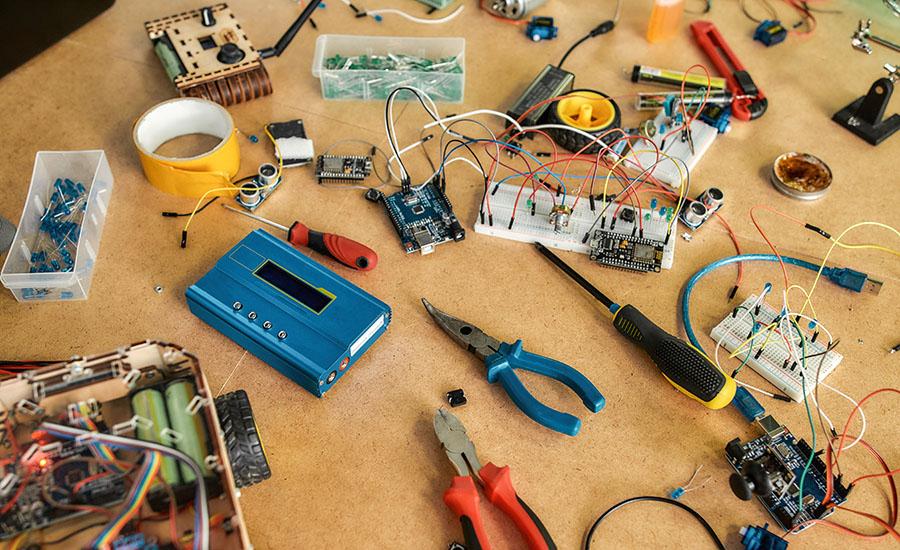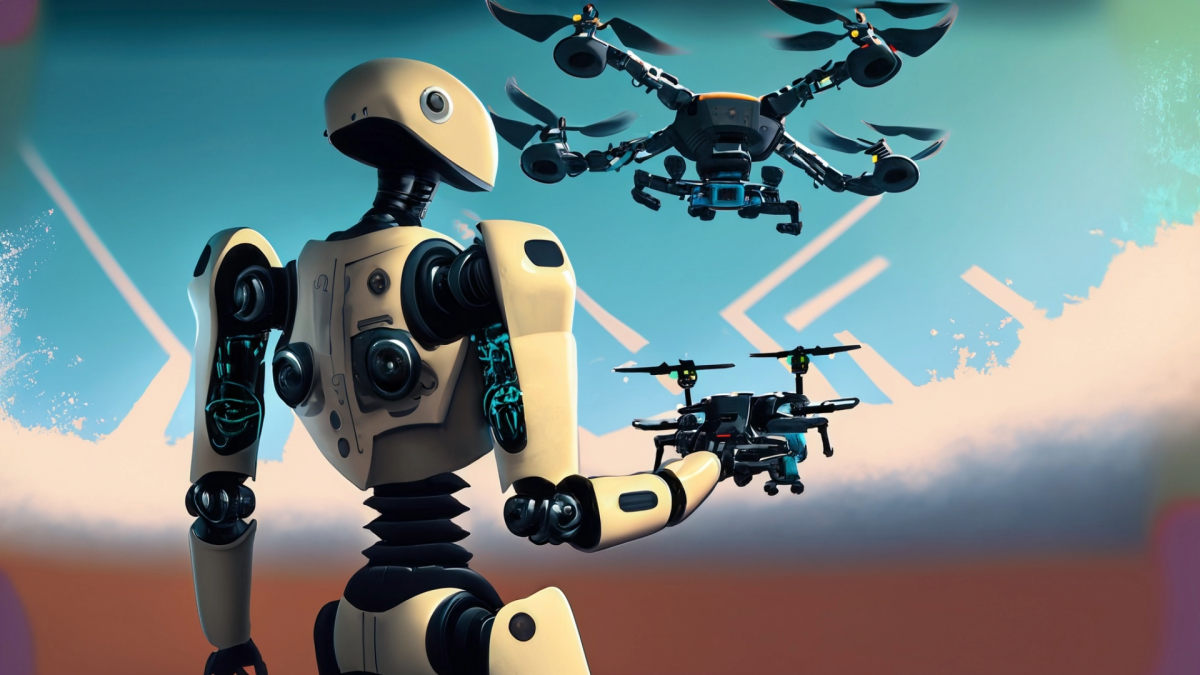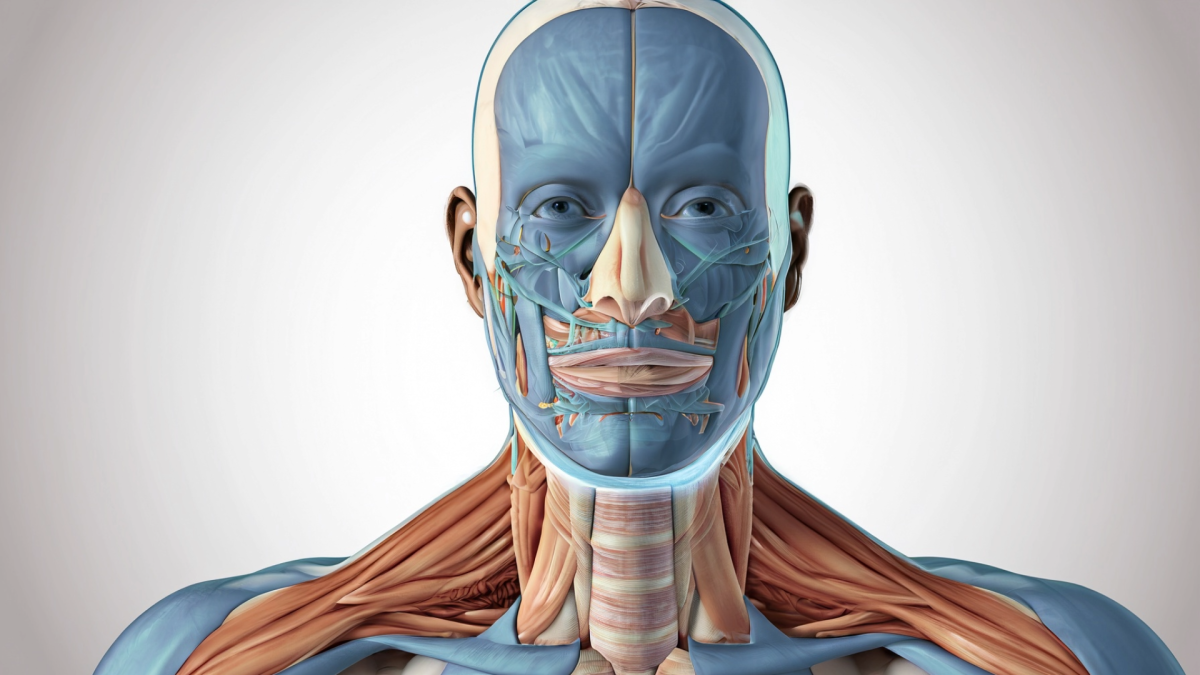
Bridging the Gap: What's a Bridge and How to Make Them (1 of 3)
by Adam Scafede
In this engaging lesson, students explore different types of bridges and then practice building them with K'Nex sets. This is the 1st lesson in a series of 3. Link to view all lessons and helpful resources are included!
Lesson Plan Link/URL
https://docs.google.com/presentation/d/1VbtBk8DCKHkXcjlpBQ_4iL6dng9EIFrf/edit?u…Subject Area
Science Physical Science P3: Net Force Engineering S2: Apply the Engineering Design Process S4: Apply Science to Engineering S6: Apply Communications to Engineering S7: Apply Project Management to Engineering English Language Arts (ELA) Reading (Informational Text)
Featured
Off
Related Content

Grades:
6th Grade, 7th Grade, 8th Grade
This lesson helps engage student voice in developing stronger research questions and projects on topics about which they are interested, curious, and passionate. The Question Formulation Technique

Grades:
6th Grade, 7th Grade, 8th Grade
Money, creative urge, ego, desire to help others, intellectual challenge and curiosity - inventors develop ideas for all of these reasons and all are valid, according to Invention City. During this

Grades:
9th Grade, 10th Grade, 11th Grade, 12th Grade
This STEM Argumentative Research Project engages students in exploring the scientific, ethical, and societal implications of themes in Mary Shelley's "Frankenstein." Students will work in groups to